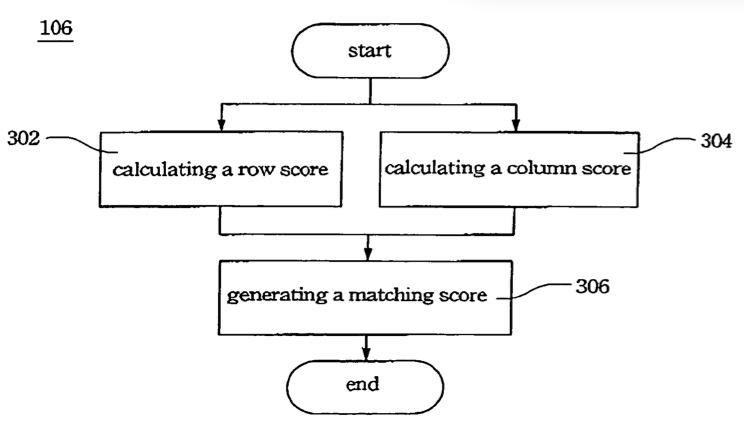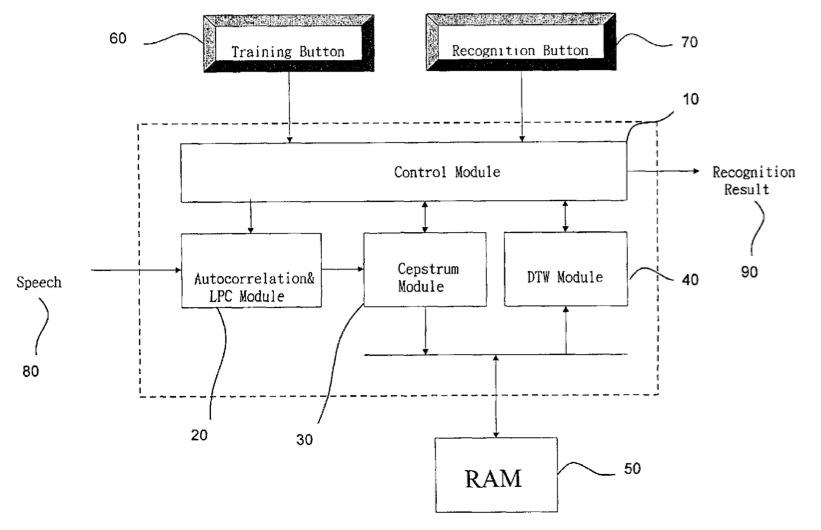Taiwan university sues Apple over Siri, asserts two speech-recognition patents
NCKU is asserting U.S. Patent No. 7,707,032 for a "Method and System for Matching Speech Data" and U.S. Patent No. 7,266,496 for a "Speech Recognition System" against Apple and the company's Siri virtual assistant.
In the complaint, NCKU claims it has suffered monetary damages and will continue to suffer damages as a result of Apple's alleged willful infringement of both the '032 and '496 patents and is looking for an injunction against infringing products plus an award to recoup damages and lawyer fees. The value attached to the damages is "not yet determined."
NCKU's '032 patent, which was applied for in 2005 and granted in 2010, describes a rudimentary speech recognition algorithm that "determines the similarity between fragments of speech." Basically, the patent describes a system that compares input speech data with sample speech data.
From the '032 patent abstract:
A method and system used to determine the similarity between an input speech data and a sample speech data is provided. First, the input speech data is segmented into a plurality of input speech frames and the sample speech data is segmented into a plurality of sample speech frames. Then, the input speech frames and the sample speech frames are used to build a matching matrix, wherein the matching matrix comprises the distance values between each of the input speech frames and each of the sample speech frames. Next, the distance values are used to calculate a matching score. Finally, the similarity between the input speech data and the sample speech data is determined according to this matching score.
Flowchart of speech data in'032 patent. | Source: USPTO
The '496 patent was filed for in 2002 and granted roughly six months later in July of 2003. NCKU's second asserted invention is more complex and describes a complete speech recognition system based on application specific integrated circuit (ASIC) architecture. The system is further broken down into four modules which, according to the patent, helps to interface "with various products and application requirements for the design reuse."
As in the '036 patent, the '496 property uses timing of speech frames and matching to "recognize" speech but goes deeper with the introduction of electrical components and software.
From the '496 patent abstract:
The present invention discloses a complete speech recognition system having a training button and a recognition button, and the whole system uses the application specific integrated circuit (ASIC) architecture for the design, and also uses the modular design to divide the speech processing into 4 modules: system control module, autocorrelation and linear predictive coefficient module, cepstrum module, and DTW recognition module. Each module forms an intellectual product (IP) component by itself. Each IP component can work with various products and application requirements for the design reuse to greatly shorten the time to market.
Apple first introduced the Siri voice-recognizing virtual assistant with the iPhone 4S in October 2011 and plans to bring it to the iPad with iOS 6 this fall.
Friday's suit is the second filing against Siri this month and follows a similar claim from Chinese company Zhi Zhen which patented a voice-recognizing assistant called "Xiaoi Bot" in 2006.
 Mikey Campbell
Mikey Campbell












 Malcolm Owen
Malcolm Owen
 William Gallagher and Mike Wuerthele
William Gallagher and Mike Wuerthele
 Christine McKee
Christine McKee
 William Gallagher
William Gallagher

 Marko Zivkovic
Marko Zivkovic









